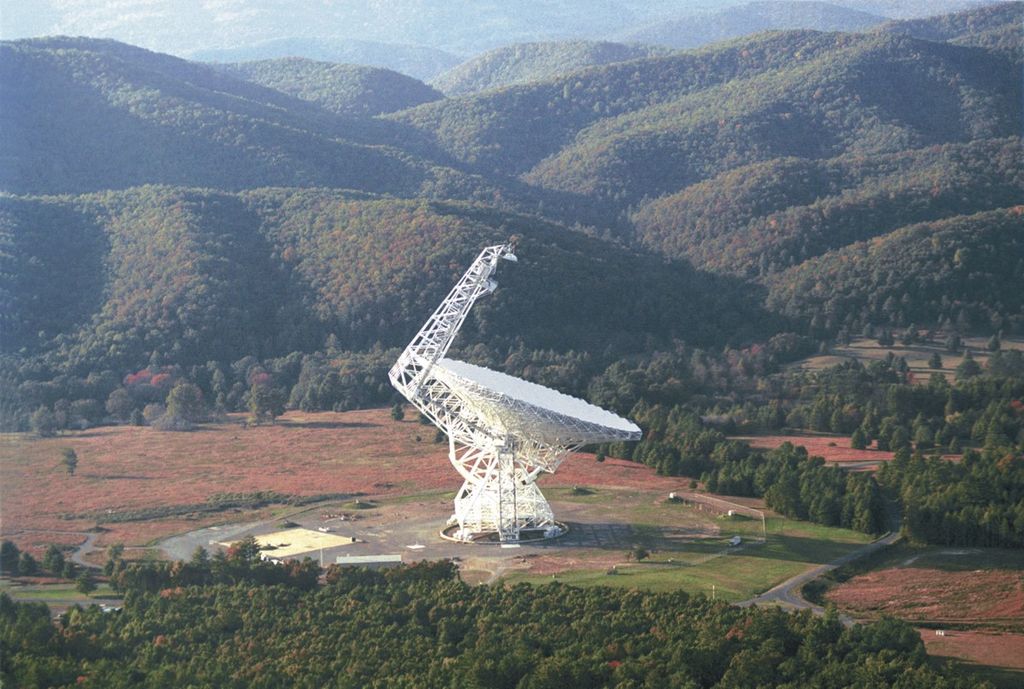The Greenbank Observatory in West Virginia, USA, is the home of a large radio telescope. This telescope is designed to pick up radio signals. Radio signals are interesting because they contain information for all sorts of different purposes. Astrobiologists are interested in radio signals for finding extraterrestrial intelligence, such as for SETI (Search for Extra-terrestrial Intelligence) research. A particular type of radio signal, called a “fast radio burst”, is especially useful for this task because it can be used for searching extraterrestrial intelligence. Therefore, the method for analyzing and interpreting radio signals is important.
A group of international scientists wanted to improve the current methods of detecting fast radio bursts. They used an advanced computational technique, called a convolutional neural network, to detect fast radio bursts 70 times faster than anyone has before. In addition, the new method successfully detected more fast radio bursts than a previous radio signal observation.
These convoluted neural networks are computer algorithms that work the way a student studies for a particular subject. The algorithm first ran through some data, which is similar to students doing homework exercises and correcting mistakes according to provided answers. Then, the scientists assessed its performance, which is similar to a student taking a final exam to see how well they learned the information.
The scientists gave four and a half hours of radio signal observations as homework to the convoluted neural network, and then tested it half-hour observations – “the exam”. Scientists then further verified the signals found by the convolutional neural network so that they could make sure to keep only true signals.
To separate desired radio signals from random radio noises, like fluctuating voltages, researchers analyzed the properties of the signals detected by this technique. One of these properties is the time that a radio signal was received, or time of arrival. The scientist introduced a new technique, using the time of arrival of each signal, to see if they will repeat themselves after a fixed interval of time. If the signal repeats itself, that means it is periodic. The greater periodicity of the signal, the more confidence the scientists would have that it is not just noise. This technique gave the scientists 99% confidence that all signals arriving after a certain time are noise, and all signals arriving before that are legitimate.
The scientists were creative in that this was the first application of convolutional neural networks on this type of data and they developed a new search technique. While this technique cannot tell us if the signals are from intelligent sources, they can tell us with better confidence than other methods that the signals are not random and worth looking into. These convoluted neural networks had achieved satisfactory results because of their efficient detection rate. According to the researchers, it has the potential to replace the traditional methods for radio signal detection. This innovation is important for the search for extraterrestrial intelligence.


